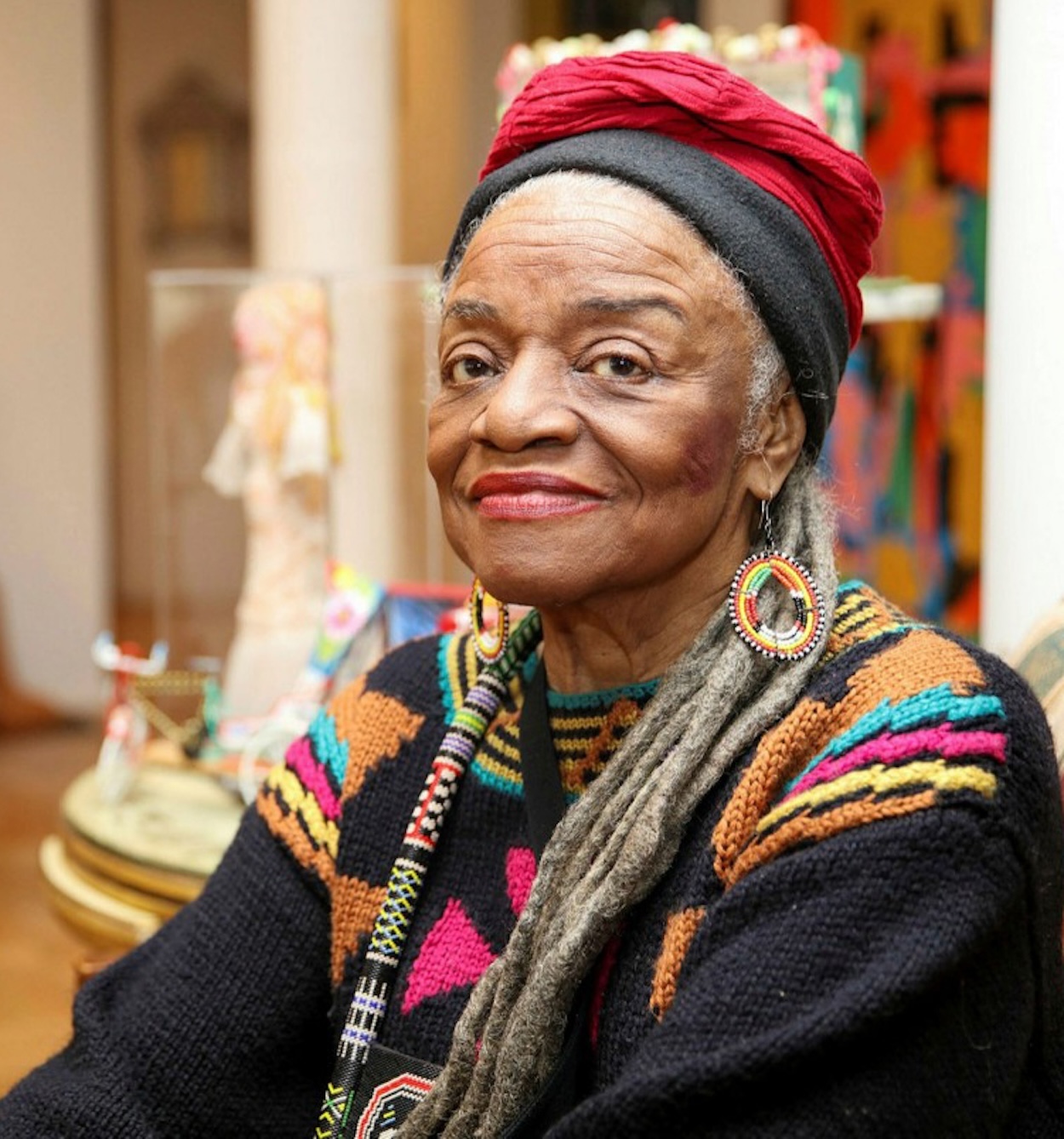In 2018, Faith Ringgold addressed a packed auditorium at the Brooklyn Museum for a conversation with her daughter, the art historian Michele Wallace. The address was timed to the landmark exhibition, “Soul of a Nation: Art in the Age of Black Power.” After a standing ovation, a crowd of 300 took to their seats in breathless silence as the artist, children’s book author, and civil rights activist recounted a lifetime of achievement and changemaking against insurmountable odds. That late September day lept to the minds of each audience member and millions more on Saturday evening, when news broke that Ringgold had died at the age of 93.
There are a fortunate few among us who learned of the artist’s life and career not from the internet, but from Ringgold herself. Today, they will recall the tenderness with which she spoke of Robert Newman, the first gallerist to invite her to stage a solo exhibition in New York in 1966. It was during the summer leading up to that show that Ringgold created a body of work that would go on to become a cornerstone of the Civil Rights movement and the cultural ephemera that has survived it in the succeeding decades.


